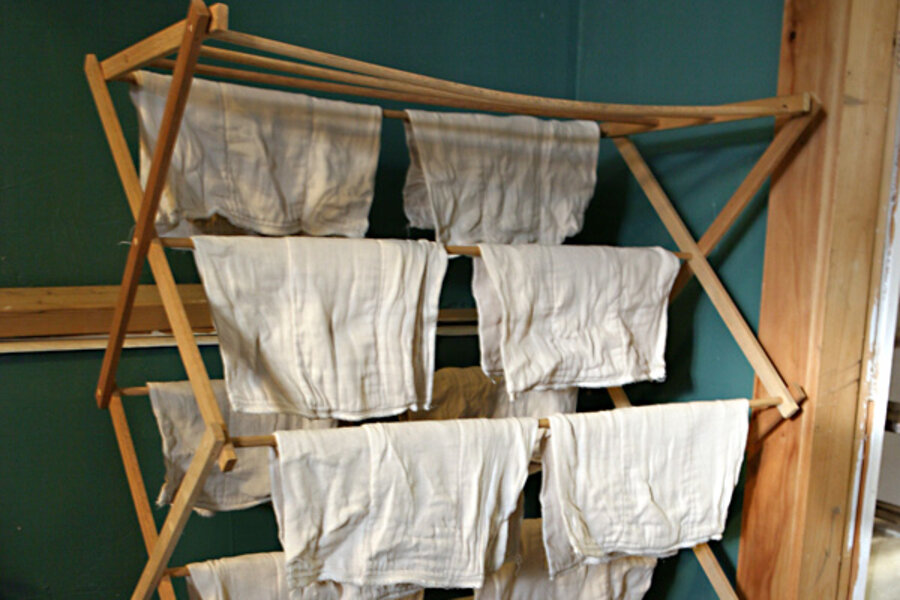Cloth diapers: worth the money and the mess
Loading...
When Sarah and I first started cloth diapering, quite a few of our family and friends thought we were completely crazy. Rather than focusing on the mountain of benefits (it is incredibly less expensive if you have multiple children, it’s far better for the environment), they focused on one of the drawbacks, which is actually fairly negligible. It does take more time, on the order of two or three extra seconds per diaper change.
The thing is, when we started showing people the system we had set up along with the numbers on how much we were saving over the lifetime of our three children, they began to pay a lot more attention.
Cloth diapering is a big money saver. It puts less material into landfills. It can take a bit longer, but it doesn’t take very much longer if you have a sensible system in place.
There are a lot of different types of cloth diapers out there. We’ve tried several, ranging from the very inexpensive low-end (which I don’t recommend) to some of the higher-end diapers that function just as well as a disposable, such as BumGenius.
The calculations we used revolved around the fact that disposable diapers average about $0.20 a pop, so we would have to divide the cost of the cloth diaper by 0.2 to see how many times we’d have to use it before it would become less expensive than disposable diapers. The one linked above, for example, costs $17.95, so you’d have to use it about 90 times for it to be less expensive per use than cloth diapers.
We estimate that our children would use one of the cloth diapers about every three days while on diapers (up until about two years old), so, per child, a single cloth diaper would get about 240 uses. In other words, we would reach a point where it was cost-effective to cloth diaper with just one kid. Over three kids? Let’s just say we’ve used some of the diapers hundreds of times and they’re truly ready for the rag bag, but we got a lot of value from those diapers. One cloth diaper replaced multiple jumbo boxes of disposable diapers. We saved hundreds of dollars – no exaggeration – by cloth diapering.
So, what did our system look like? We simply had a single hamper in which we tossed the dirty cloth diapers after changing the baby (we also used cloth wipes). Then, once every three days or so, we would wash those diapers in a single load. Some of the particularly foul ones would get a pre-wash over the toilet basin. We’d then fold up the clean ones (usually while watching a movie or something after the kids were in bed) and put them in the usual places where diapers were needed (in the diaper bag and so on).
With disposable diapers, we still had to toss them, but we would also fill up our trash quite a bit more quickly, which meant more trips taking out the trash, which does add up to some significant time and cost (more trash bags, the potential for “extra garbage” fees), never mind the environmental impact.
One of the challenges of cloth diapering is the startup cost. Buying enough diapers to start a cloth diapering routine can be a daunting cost, particularly if you’re not sure you want to do it.
If you’re considering trying this, ask for cloth diapers at any baby showers you might be having. Specify a good brand that’s easily available via Amazon (like BumGenius) and use those as a starting-off point.
Also, you can mix cloth diapering and disposable diapering, something that many cloth diapering parents do because of the challenges of travel with cloth diapers. Use disposable diapers on occasion and use the cloth diapers while at home or at child care.
A single cloth diaper can easily save you $50 in disposable diapers if used consistently over multiple children. I’m speaking purely from experience as well when I say it’s nowhere near as difficult as you might think it would be, particularly if you get a system in place to handle the diapers.
This post is part of a yearlong series called “365 Ways to Live Cheap (Revisited),” in which I’m revisiting the entries from my book “365 Ways to Live Cheap,” which is available at Amazon and at bookstores everywhere.






